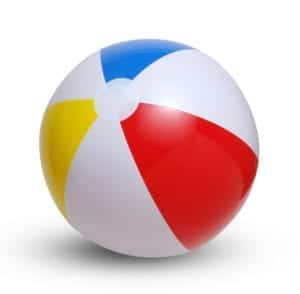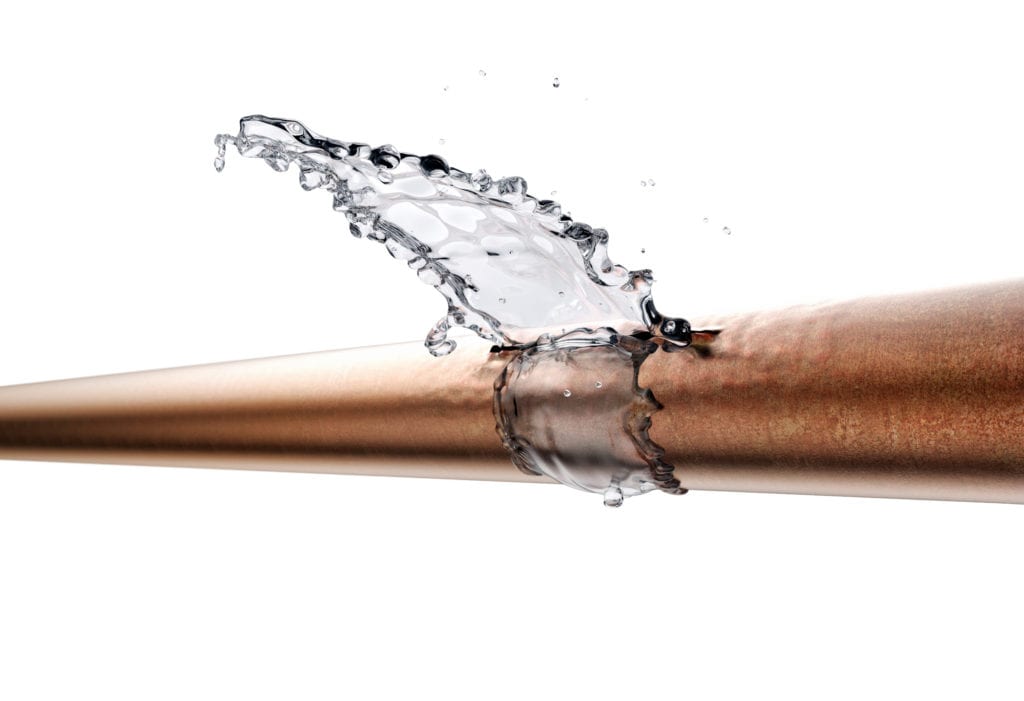
February, 2020
Home Checklist for Traveling
Planning a vacation or extended stay in warm weather?

Run through this checklist of 10 essential steps you need to take before you leave home.
In the 1990 classic movie Home Alone, young Kevin McAllister’s family leaves for vacation and forgets Kevin at home. In 2020, they’d have just texted him to check in, pulled up their smart cameras to make sure he was okay, and probably sent an Uber to pick him up.
Things are different these days, but you could still be setting yourself up for disaster if you leave your home alone without taking the proper precautions.
Don’t leave for your vacation without going through this top 10 list of essential steps to prepare your home for your absence.

Swimsuit? Check.
Passport? Check.
Beach novel to read? Check.
You’re packed and ready to go. But is your home ready for you to leave? Be sure to take care of these items before you head out:
TOP 10 THINGS TO DO BEFORE LEAVING YOUR HOME FOR A VACATION
- Hold your mail and stop the newspaper. A stuffed mailbox or a front step full of neglected newspapers
 is a sure sign that you’re out of town. Contact the post office and your newspaper company to make sure they hold your items while you’re away. Postal service mail holds don’t apply to services such as FedEx, UPS or Amazon, so be sure to make a plan for package retrieval from these other delivery services if you might receive something while you’re gone.
is a sure sign that you’re out of town. Contact the post office and your newspaper company to make sure they hold your items while you’re away. Postal service mail holds don’t apply to services such as FedEx, UPS or Amazon, so be sure to make a plan for package retrieval from these other delivery services if you might receive something while you’re gone. - Triple-check your locks. While we’re all concerned about burglaries in our absence, it’s common to miss the simple step of locking all your doors before you leave. Service entrances to garages are some of the most commonly overlooked doors – and the most commonly broken into.
- Unplug appliances. Many appliances continue to pull energy even when they’re not in use. Before you leave, go around your house and unplug phone chargers, toasters, coffeemakers, hairdryers, and other energy drainers that won’t be in use while you’re gone. This can also reduce fire risk.
- Empty the fridge – but keep the freezer full. It sounds counterintuitive, but a full freezer actually uses less energy because the cold food helps maintain the cold temperature. Go through your fridge and clear out anything that could go bad while you’re gone. Take advantage of the empty shelves to wipe down the interior with white vinegar to help eliminate odors. And remember to take out the trash before you leave!
- Install a LeakSmart® Solution. Pipes burst. Sump pumps fail. Toilets leak. Unwanted water incidents
 inside your home can happen for a variety of reasons. If they happen
inside your home can happen for a variety of reasons. If they happen
when you’re away from home and you don’t know about it, the damage can be devastating. Consider installing a LeakSmart® monitoring system that automatically shuts off the water to your home if a leak is detected. A plumber can design a leak detection package that suits your needs. - Invest in a programmable thermostat. It’s money-smart and eco-smart to adjust your thermostat while you’re gone. A thermostat like the Nest® system allows you to use an app to check and adjust the interior temperature of your home from wherever you are. While there’s an up-front investment, a programmable thermostat can help you save big on energy bills in the long run, even when you’re not on vacation. An electrician or HVAC technician can install a programmable thermostat if you’re not a confident do-it-yourselfer.
- Consider security cameras. While you’re looking into the Nest® app, consider the potential benefits of a whole-house security camera system. Most systems today allow you to pull up a camera on your phone and can also record historical information. Be sure to choose one with a good reputation for privacy and reliability, and set up all the security settings.
- Consider putting your timers on lights. Nothing says “we’re gone” like a dark house, but you probably don’t want to leave all the lights blazing, either – lights on in the middle of the night are equally suspicious. Consider investing in a system that allows you to put your timers on lights, such as smart outlets that are controllable via your phone. If you’re not sure how to do it, an electrician can help.
- Check your heating system. Furnaces and boilers can break down without warning, and in a Minnesota winter, that can mean frozen pipes and burst toilets. It’s a good idea to get your furnace inspected and tuned up annually – be sure to schedule it before your vacation.
- Make a plan for snow removal. If there’s one predictable thing about Minnesota weather, it’s that it’s unpredictable. We can get a snowstorm from September through May. Even if the forecast looks great, make sure you have a neighbor or local service on call to remove snow if need be. A driveway or front walk full of snow is a clear signal to would-be burglars that you’re not home
We know this is a lot to consider, but an ounce of prevention is worth a pound of cure – and many of these steps are one-time installations that can be relied upon for years of future travel. With a little planning, you’ll be able to truly relax on your vacation – unlike Kevin McAllister’s family.

